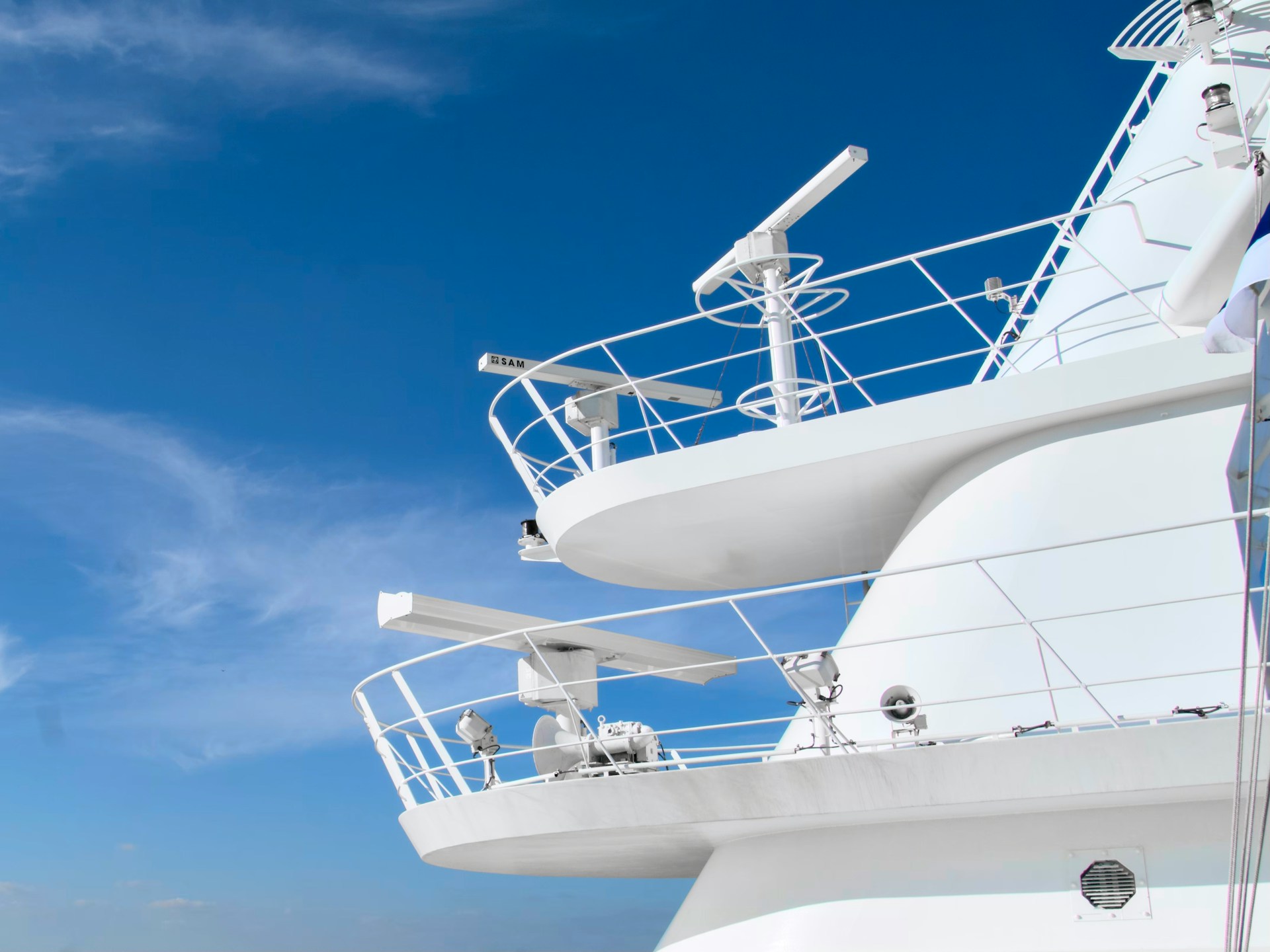
🚢 VDES: The Next Big Step in Maritime Communication
Data
Nov 7, 2024
Jacob Gundersen
The VHF Data Exchange System (VDES) is set to transform global shipping, building on the widely-used AIS (Automatic Identification System) to meet the demands of a modern, interconnected world. While AIS has been crucial for vessel tracking and safety, it’s limited by bandwidth and range—challenges that VDES is designed to solve.
Why VDES Matters:
🌐 Global Connectivity: VDES enables continuous communication, even in remote areas, by integrating satellite coverage. This gives shipping companies greater visibility and operational control, no matter where their vessels are.
📊 Data-Driven Efficiency: With VDES, ships can share real-time data with each other and with port authorities—think updated schedules, docking instructions, and weather data. This minimizes delays and helps ports operate more efficiently, benefiting the entire supply chain.
🌱 Environmental Responsibility: Real-time reporting on emissions and fuel use supports sustainability efforts and regulatory compliance, a growing priority in maritime operations.
What’s the Timeline?
The transition to VDES will roll out gradually over the next few years, starting with high-traffic regions and progressive port authorities. Within five years, it’s expected to become an industry standard, laying the groundwork for innovations like autonomous vessels and smart shipping.
In short: VDES is a powerful upgrade, offering connectivity, efficiency, and sustainability. For investors, port authorities, and decision-makers, it represents a future-ready solution for a safer, greener, and smarter maritime industry. 🌊

